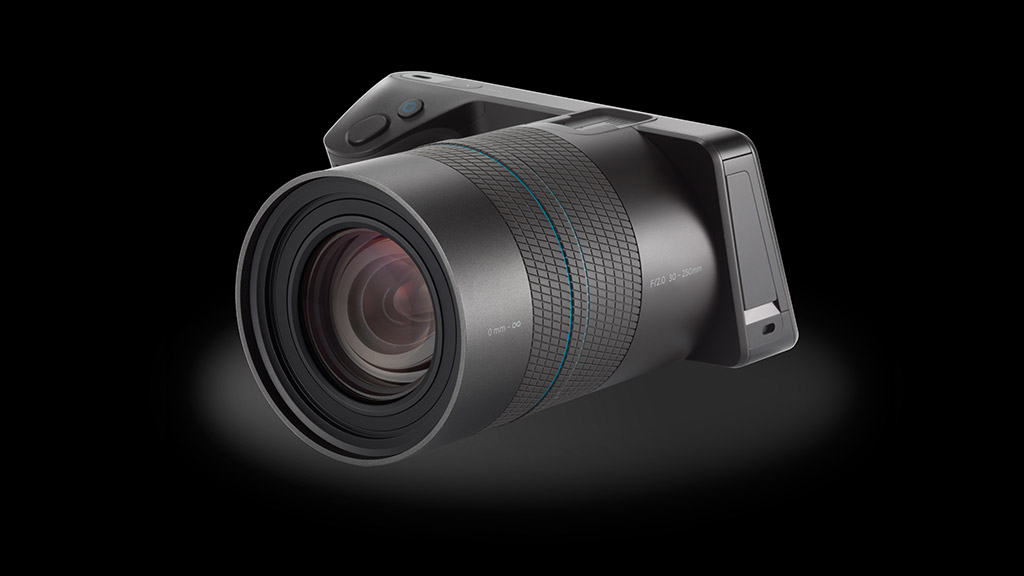The title of this article may be a premature assessment seeing that we have yet to see and try the camera first-hand, but I can’t hide the fact that I am very excited about this announcement. Forget megapixels, crazy ISO, sensor size. And forget autofocus the way we know it today. The Lytro Illum gives birth to an entirely new way of shooting.
Lytro cameras aren’t something new – in fact, the first Light Field camera was introduced by the American company three years ago. And if you aren’t familiar with it, they are based on light field technology, which consists of several micro lenses placed over the image sensor. These microlenses capture the entire light spectrum of a scene. Then, the camera software uses the data collected to determine the direction of the light rays. This allows the user to change the focus point (from foreground to background for example) as well as alter its perspective.
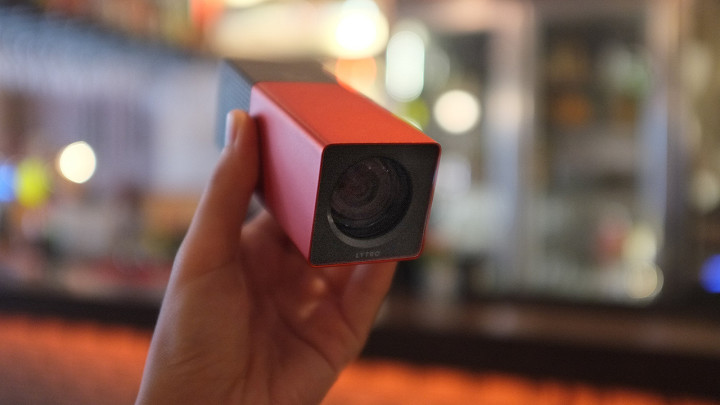
Basically the Lytro camera gives you a way to continue interacting with the composition of your picture even after taking it. They are sort of live images on your screen. To get a sense of how it works, try to change the focus point on the butterfly below.
You can also check out the first pictures from the Illum, which show even better how the concept works.
The first Lytro camera had a unique design as well as a kind of unique technology that probably ignited curiosity more than anything else. The specs were limited, such as 2mp of resolution (measured in megarays, the number of light rays the light field sensor can capture).
But now everything could change, because the Illum camera, announced just today, looks like a proper camera and packs some interesting specs.
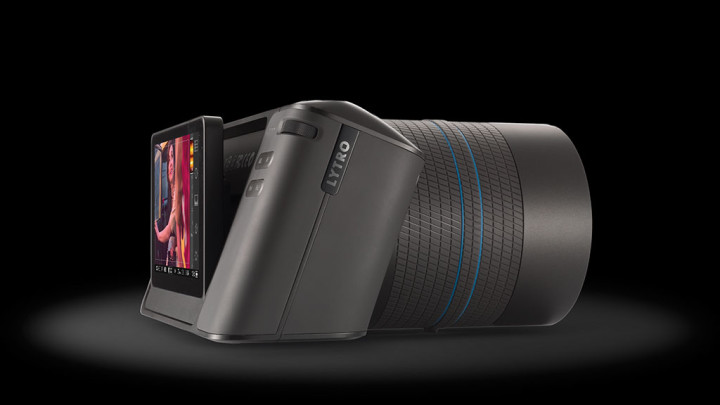
We get a 1 inch sensor and a 30-250mm equivalent zoom lens with a constant f/2 aperture. We get 40 megarays of resolution which should correspond to an average of 7 megapixels, still lower than any modern compact camera or smartphone but certainly more interesting than the previous model. And let’s not forget that we are talking about an entirely different kind of technology here. ISO sensitivity hasn’t been officially released. The previous Lytro camera can go up to 3200, but since the Illum has a bigger sensor we can certainly expect something more.
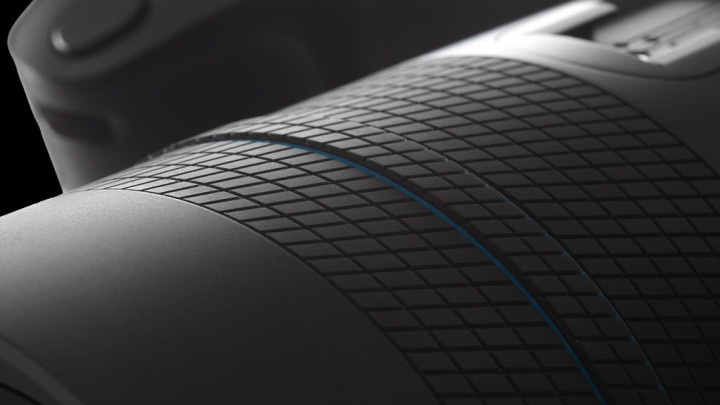
The design looks futuristic and very simple. Buttons are kept to a minimum and many settings will probably be accessible via the 4″ touch screen LCD on the back. The resolution of the screen is less exciting however (480×800 only).
Pre-orders start at an introductory price of $1,499 which is far from cheap. And while the specs have been improved over the previous model, we are certainly far from what we are used to having on modern-day digital cameras. The exciting prospect is that this camera might just bring about a new way of shooting. I can’t wait to try it!
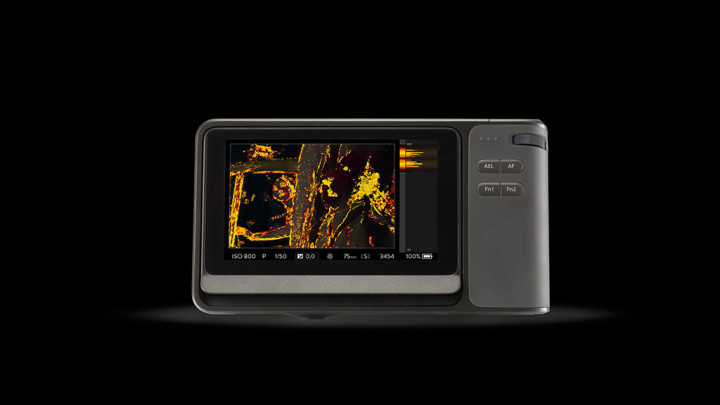
Photo Credit:
- Lytro, up close! by laihiu (LAI Ryanne) – Creative Common License CC-BY 2.0
- The butterfly picture was taken by charmingtoad (Linda Morton).
